Music of Uruguay, often overshadowed by its larger neighbors, possesses a rich and vibrant musical heritage that reflects the country’s cultural diversity, historical influences, and social dynamics. From traditional folkloric rhythms to contemporary genres, Uruguayan music encompasses a wide spectrum of styles and expressions. In this comprehensive exploration, we will embark on a journey through Uruguay’s musical landscape, delving into its traditional genres, iconic artists, and enduring cultural significance.
Traditional Music:
Traditional Uruguayan music serves as a window into the country’s rural past, blending indigenous, African, and European influences to create a unique and vibrant musical tapestry. One of the most iconic traditional genres is “candombe,” a rhythmic style of music and dance that originated among Afro-Uruguayan communities. Candombe is characterized by its pulsating drum rhythms, call-and-response singing, and lively choreography, which reflect the cultural heritage and resilience of Uruguay’s Afro-descendant population. Other traditional genres in Uruguay include “murga,” a form of street theater and musical performance with roots in Spanish and Italian carnival traditions, and “milonga,” a precursor to the tango that originated in the Rio de la Plata region.
Tango:
While often associated with Argentina, tango also holds a significant place in Uruguay’s musical heritage, particularly in the city of Montevideo. Uruguayan tango, known as “tango uruguayo,” shares many similarities with its Argentine counterpart but also incorporates distinct elements and influences. Uruguayan tango is characterized by its melancholic melodies, expressive lyrics, and intimate dance style, which reflect the country’s urban culture and cosmopolitan identity. Iconic Uruguayan tango artists such as Carlos Gardel and Julio Sosa have left an indelible mark on the genre, cementing Uruguay’s reputation as a key player in the global tango scene.
Música Popular Uruguaya (MPU):
Música Popular Uruguaya (MPU), or Uruguayan Popular Music, is a broad and diverse genre that encompasses a wide range of styles and influences. Rooted in traditional folkloric rhythms and infused with elements of rock, jazz, and other genres, MPU reflects Uruguay’s dynamic and evolving musical landscape. One of the most influential figures in MPU is Eduardo Mateo, a singer-songwriter known for his experimental approach to music and innovative blend of genres. Mateo’s eclectic style paved the way for a new generation of Uruguayan musicians who continue to push the boundaries of MPU and explore new sonic territories.
Candombe:
Candombe, the rhythmic heartbeat of Uruguay, is both a musical genre and a cultural phenomenon that plays a central role in the country’s identity and heritage. Originating among Afro-Uruguayan communities in the colonial era, candombe is characterized by its distinctive drumming ensembles, which feature three types of drums known as “chico,” “repique,” and “piano.” Candombe drumming is often accompanied by call-and-response singing, dance, and percussion, creating a powerful and immersive musical experience. Candombe has deep roots in Uruguay’s African heritage and serves as a symbol of resistance, solidarity, and cultural pride for Afro-Uruguayan communities.
Rock and Pop:
Uruguay has a vibrant rock and pop music scene, with a rich tradition of bands and artists who have achieved both national and international acclaim. From the pioneering sounds of Los Shakers in the 1960s to the modern indie rock of bands like La Vela Puerca and No Te Va Gustar, Uruguayan rock and pop music reflects the country’s youthful energy, creativity, and social consciousness. Uruguay’s rock and pop artists explore a wide range of themes and styles, from political protest to personal introspection, creating a diverse and dynamic musical landscape that resonates with audiences of all ages.
Folk Music:
Folk music holds a special place in Uruguay’s musical heritage, with traditional songs and melodies that celebrate the country’s rural landscapes, cultural traditions, and historical narratives. Uruguayan folk music encompasses a wide range of styles and influences, from the rustic sounds of rural guitar and accordion duos to the intricate harmonies of vocal ensembles. Artists such as Alfredo Zitarrosa and Daniel Viglietti have preserved and popularized Uruguay’s folk music traditions, ensuring that these timeless melodies continue to resonate with audiences across generations.
Cultural Significance:
Music holds a profound significance in Uruguayan culture, serving as a means of cultural expression, social cohesion, and national identity. From the drumbeats of candombe to the haunting melodies of tango, music permeates every aspect of Uruguayan life, connecting people across generations, social classes, and ethnic backgrounds. Traditional music and dance are integral parts of religious festivals, community celebrations, and national holidays, while modern genres such as rock and pop provide a platform for artistic expression and social commentary.
Preservation and Promotion:
Efforts to preserve and promote Uruguayan music are ongoing, with cultural institutions, festivals, and educational programs dedicated to safeguarding the country’s musical heritage. Organizations such as the Uruguayan Music Federation and the National Institute of Folklore work to document, archive, and disseminate traditional music and dance traditions, ensuring that these cultural treasures are preserved for future generations. Additionally, music festivals, concerts, and cultural events showcase the talents of Uruguayan musicians and provide platforms for artistic innovation and collaboration.
Famous Artists:
Conclusion: Uruguay’s musical heritage is a reflection of the country’s cultural diversity, historical legacy, and creative spirit. From the rhythmic beats of candombe to the soulful melodies of tango, Uruguayan music embodies the essence of the nation, weaving together diverse influences and traditions into a rich and vibrant tapestry of sound. As Uruguay continues to evolve and embrace new musical trends, its music remains a source of pride, inspiration, and unity for generations to come, preserving the country’s cultural legacy and celebrating its unique identity on the global stage.


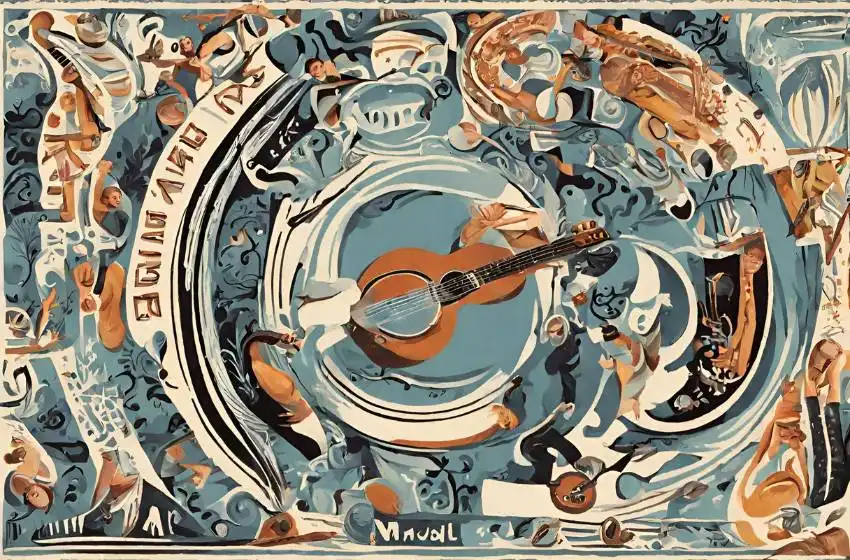
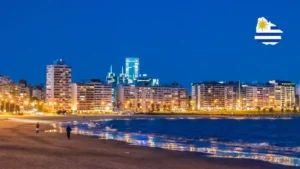

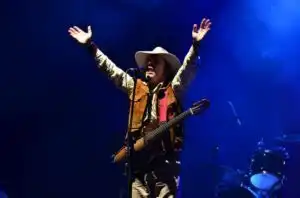
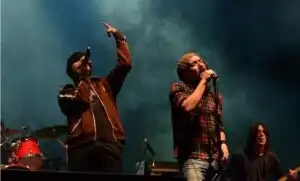
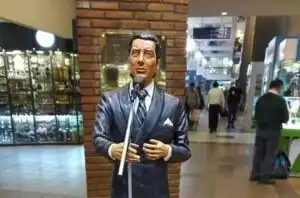
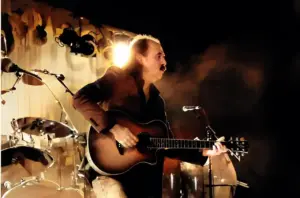
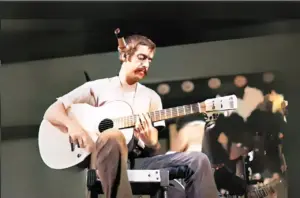
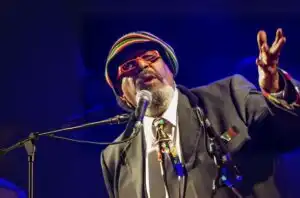
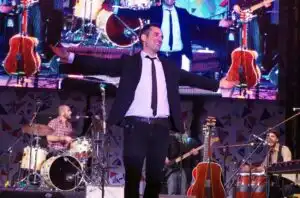

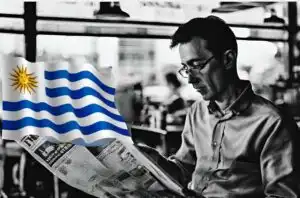
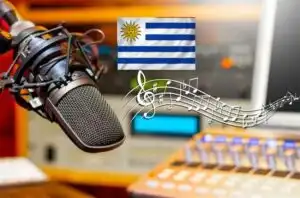
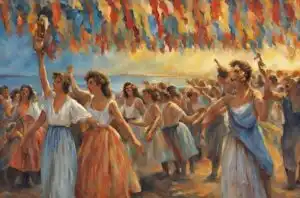
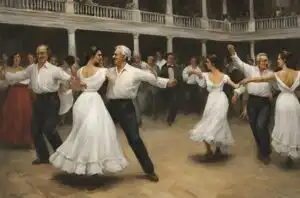
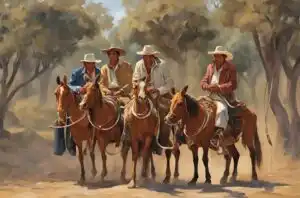
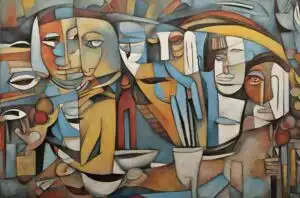

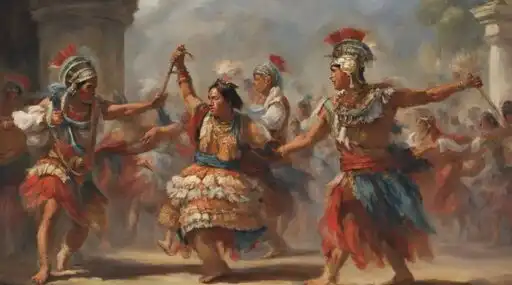
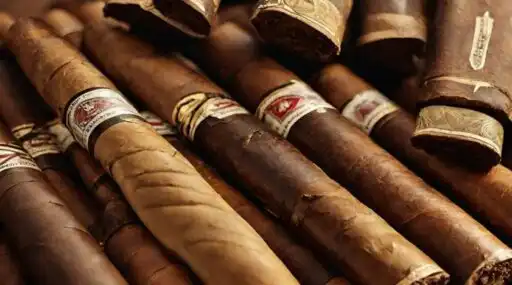
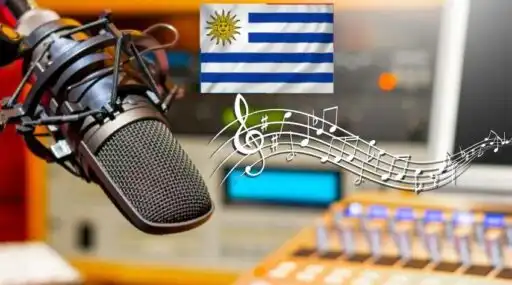
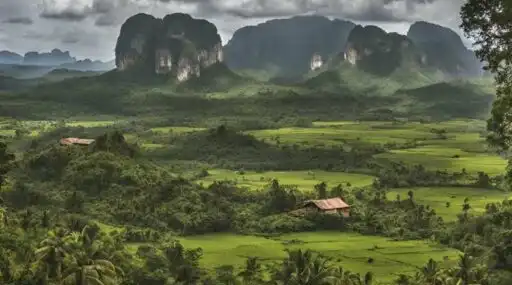

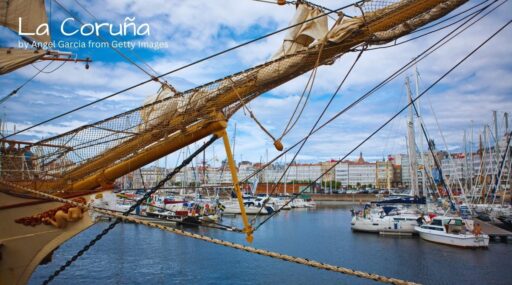
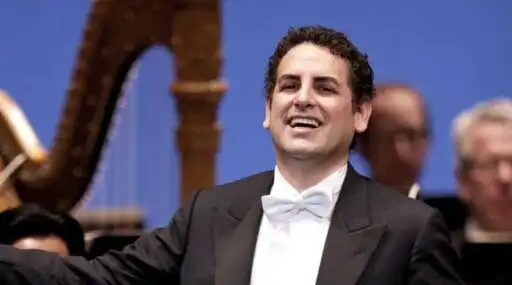
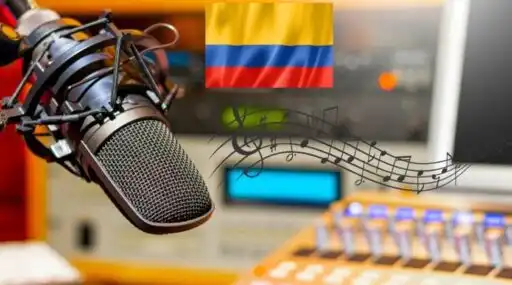

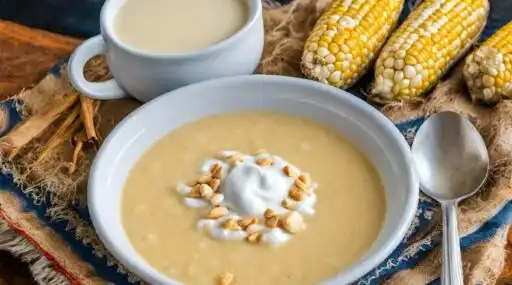

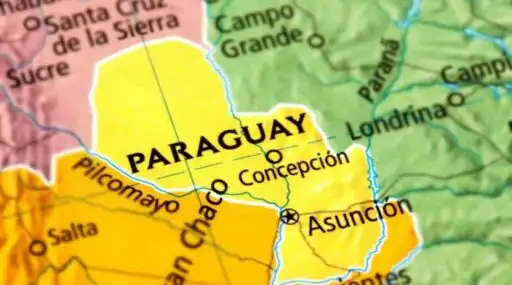
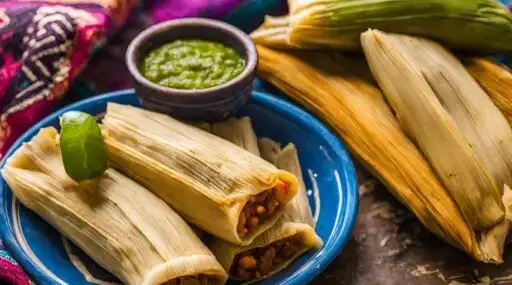
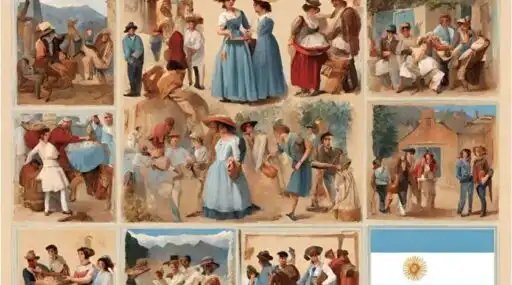
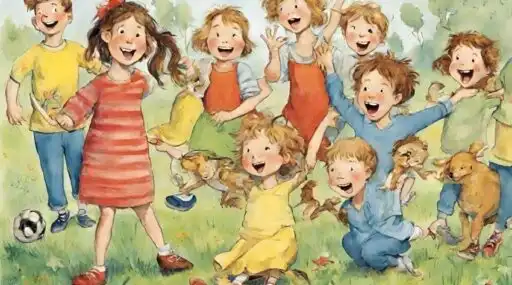
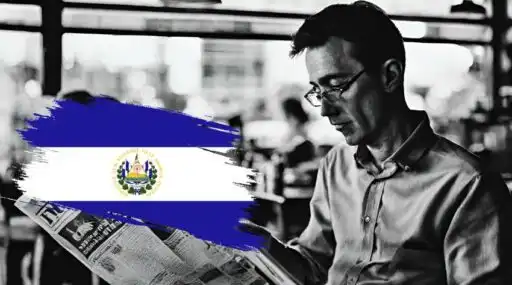
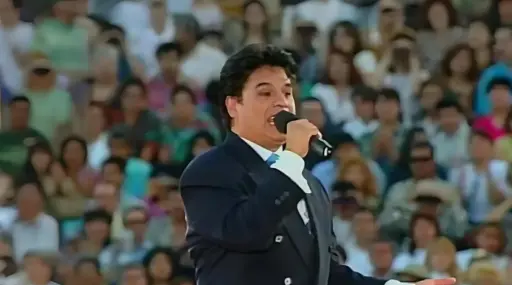
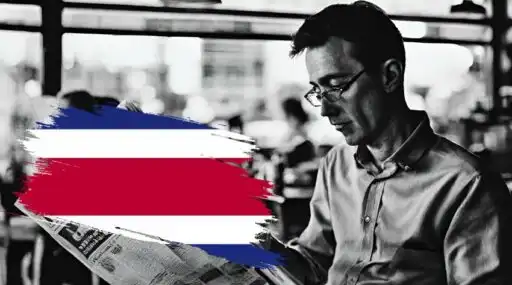

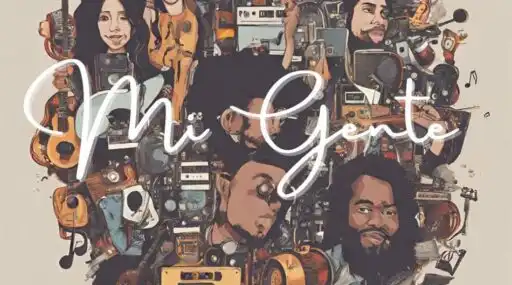


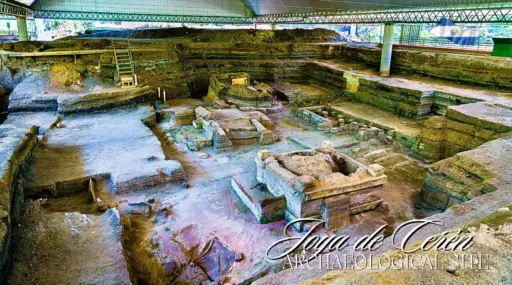
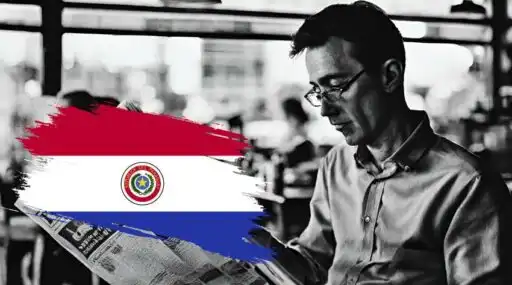
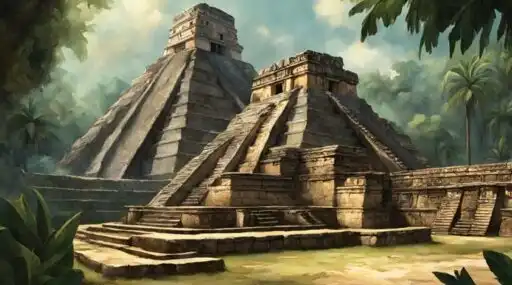
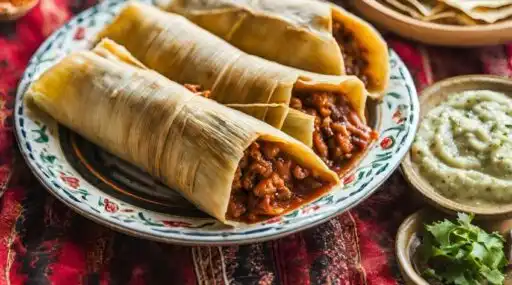

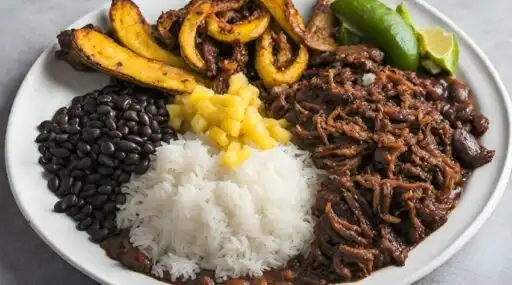

Leave a Reply